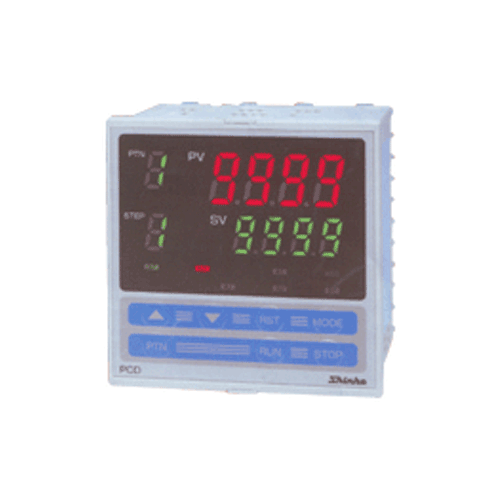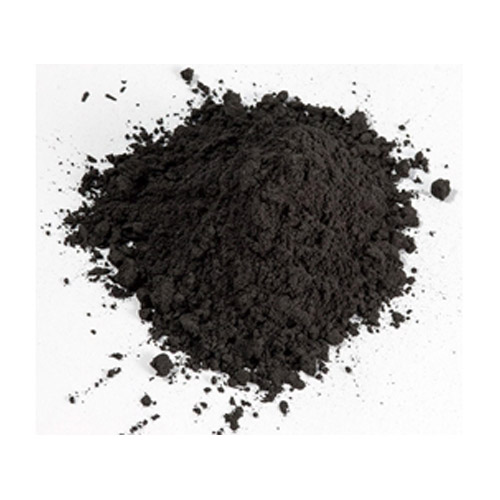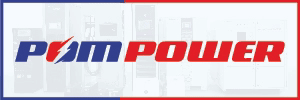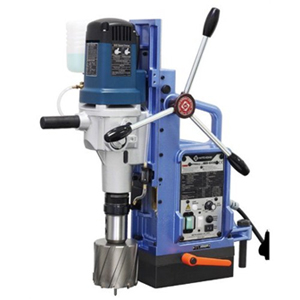Schedule a Call Back
India’s petrochemical economy: Opportunities for manufacturing industry growth
 Articles
Articles- Oct 10,25

- Intermediate inventory constraints: Limited buffer and intermediate storage capacity disturbs smooth production and distribution continuity amidst demand volatility. The infrastructural complexity for maintaining such inventories adds operational overhead
- Fluctuating plant utilization: Variability in plant loading disrupts operational consistency, leading to underutilization of installed capacities. Production plants, particularly those dealing with sensitive chemical processes, require steady load regimes to maintain process integrity and reliability.
- Geographically dislocated storage and logistics: Unlike other petroleum products, presently there is no comprehensive network of tankages facilitating seamless transfer and storage of niche petrochemical products which weakens supply resilience. Dedicated storage infrastructure tailored to product-specific needs is essential and must evolve alongside shifting industrial demand clusters, leading to higher logistics costs.
- Limited number of domestic manufacturers: The relatively small number of domestic producers—for instance, only select companies manufacturing acrylic acid—poses supply risk during production disruptions. Consequently, customers often revert to imports, contrasting with more diversified and resilient petroleum product supply chains existing now in market.
- Distinct strategic requirements compared to petroleum products: Supply chain and marketing strategies for petrochemicals demand higher responsiveness due to the product characteristics, demand unpredictability, and stringent quality requirements, following responsive supply chain differing significantly from conventional petroleum supply chains.
- Expansion of storage and warehouse facilities: It is imperative to establish additional tank farms and warehouses in strategic geographic locations beyond manufacturing hubs, at key consumption hubs. Such infrastructure will reduce lead times, improve market responsiveness, and support phased market expansion. A phased rollout of warehouse aligned with industrial clusters will strengthen supply resilience. A cost–demand analysis should guide investments in a nationwide chain of product-specific storage assets.
- Implementation of advanced production planning tools: Leveraging digital transformation by investing in digital infrastructure, demand simulators, and predictive analytics to align production schedules with market signals, thus reducing variability, ensuring optimized asset utilization and enhancing operational stability.
- Adoption of a ‘Hybrid Push-Pull Marketing’ model: Combining proactive inventory build-up (push marketing) to anticipate demand spikes with reactive supply fulfilment (pull marketing) mitigates the bullwhip effect. For petrochemicals, this hybrid model typically incorporates a higher push inventory ratio—initial ratio of ~30–40% push to 60–70% pull, refined in future via trend and time-series analysis, can improve customer responsiveness while optimizing carrying costs. This approach curbs the bullwhip effect and improves customer responsiveness.
Related Stories

India’s petrochemical economy: Opportunities for manufacturing industry growth
With supportive government policies and robust market demand, the Indian petrochemical industry has the potential to emerge as a pillar of industrial self-reliance, write R Jayaraman and T C R Amon.
Read moreAre IIOT sales strategies holding up adoption of Industry 4.0 in manufacturing?
As Industry 4.0 matures, Industrial IOT (IIOT) platforms will be the backbone of digital transformation. But adoption depends as much on how they are sold as on what they deliver, write R Jayaraman ..
Read more
Benefits of continuous improvement movement for Indian manufacturing industry
In this article, R Jayaraman explains how the continuous improvement movement transformed Indian manufacturing, boosting competitiveness, quality, and sustainability while driving global leadership.
Read moreRelated Products

Programmable Controllers - Pcd-33a Series
Pro-Med Instruments (P) Ltd offers a wide range of programmable controllers - PCD-33A Series.

Gasket Graphite Powder
Arihant Packing & Gasket Company offers a wide range of gasket graphite powder.
Asahi Kasei expands 3D printing filament sales in North America
Asahi Kasei, a leading resin and compounding technology provider, has initiated the sales of 3D printing (3DP) filaments in North America through Asahi Kasei Plastics North America (APNA). The soft la Read more
















